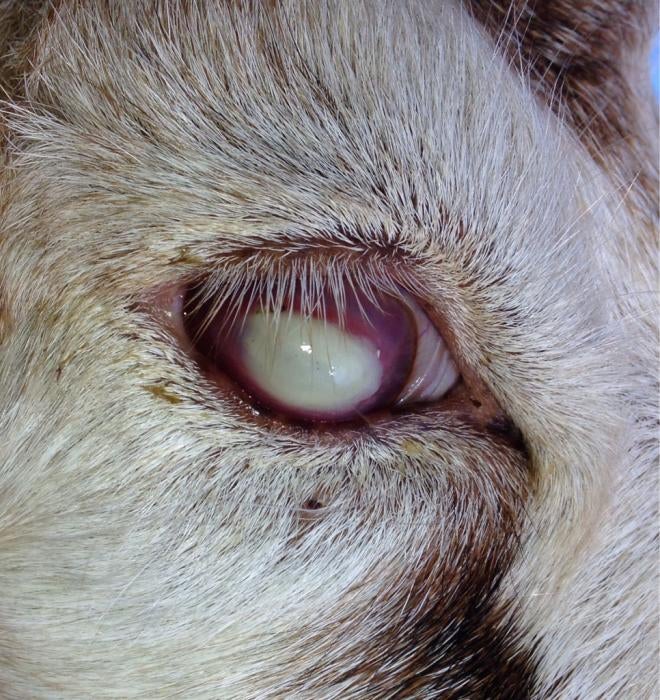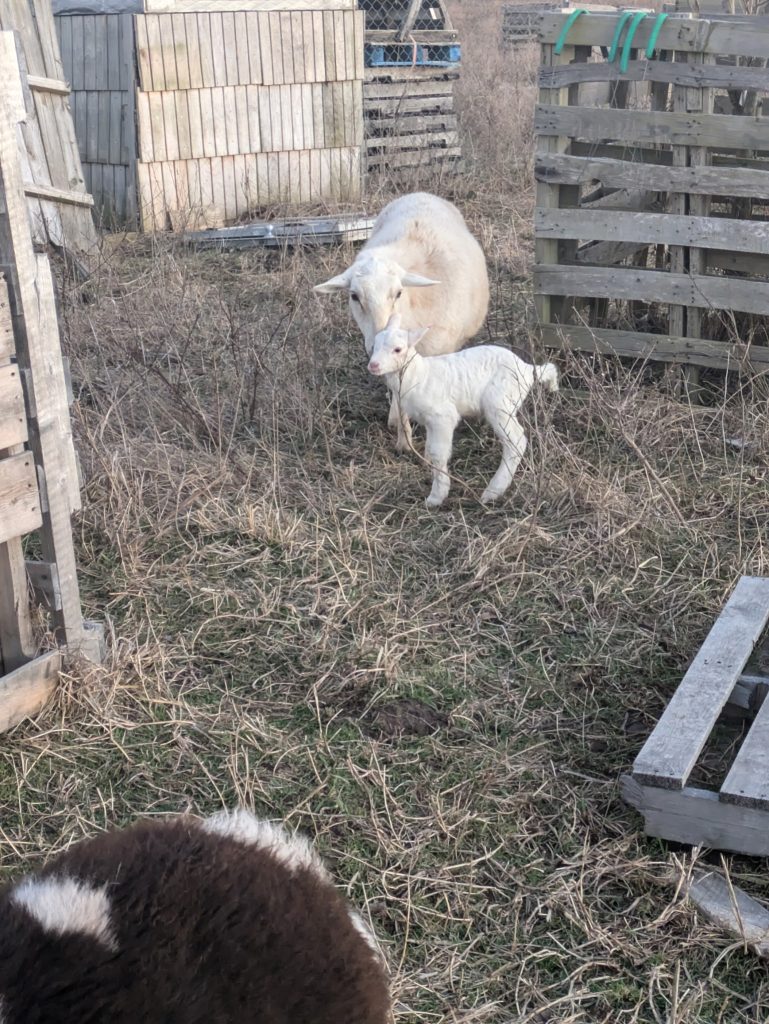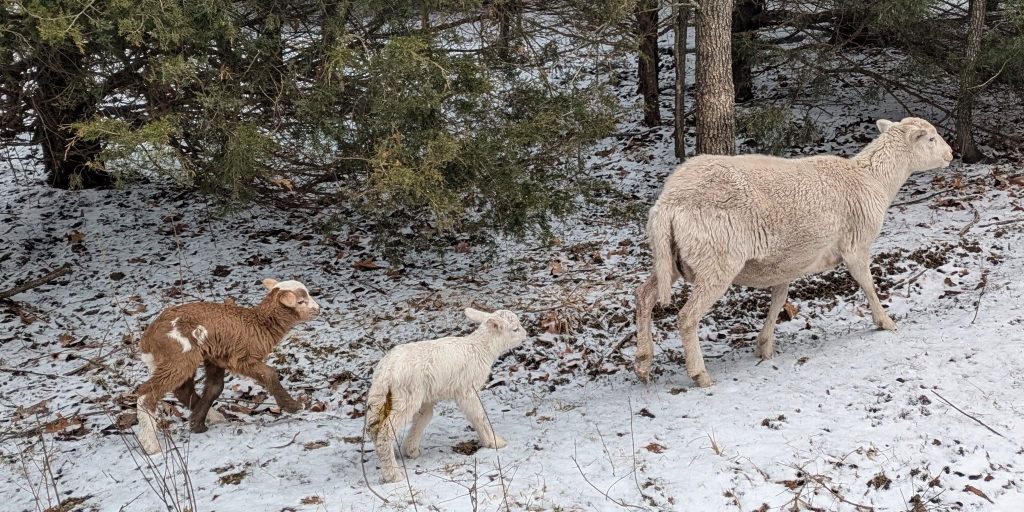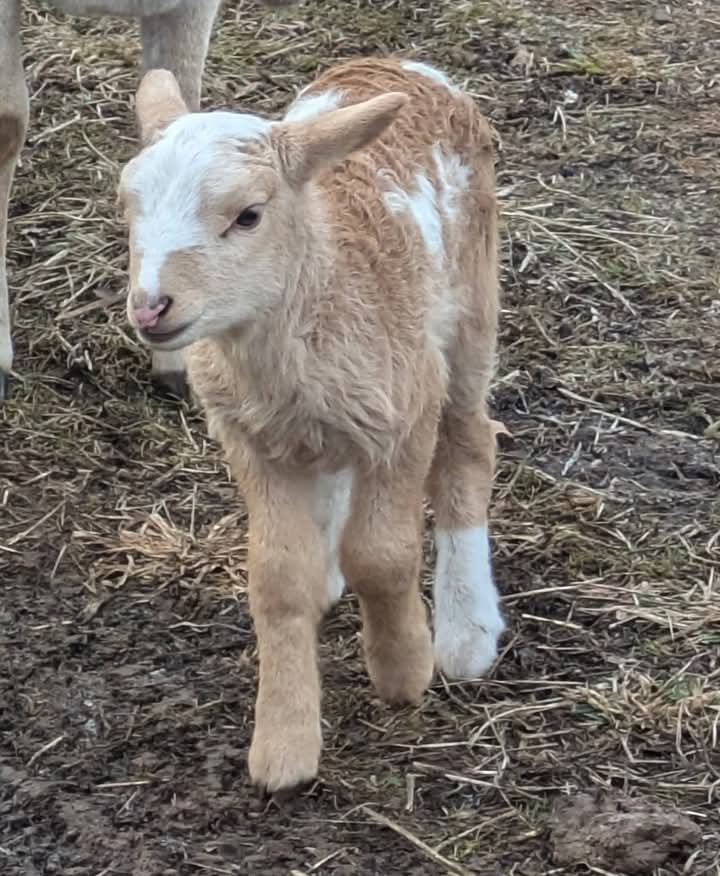Guinea fowl are ground-dwelling birds in the family Numididae, native to Africa. They are known for their distinctive appearance, noisy calls, and pest control abilities. Often kept on homesteads, they can be beneficial for pest control, and their meat and eggs are also used.
Key characteristics of guinea fowl:
Appearance:
They are similar in size to chickens, with dark grey feathers dotted with white, and a red wattle on their beaks. They also have a helmet-like structure on their heads.
Behavior:
Guinea fowl are terrestrial, spending most of their time on the ground, but they can fly short distances. They are known for their loud, repetitive calls, which can be used as an alarm system.
Benefits:
They are effective at controlling ticks and other insects, making them a natural pest control solution. They can also be kept for their meat and eggs.
Raising Guinea Fowl:
They can be integrated with chickens, but it’s important to introduce them gradually and provide a coop for roosting. They are known for being more independent than chickens.
Distinguishing Features:
Males typically have larger wattles and helmets, and females often make a two-syllable call, while males have a one-syllable call, according to Mother Earth News.
Guinea fowl are known for their tick-eating habits and can be a natural way to help control tick populations. However, they are not a complete solution for tick control and may not significantly reduce the risk of tick-borne diseases. While guinea fowl do consume adult ticks, they may not effectively reduce nymphal ticks, which are the stage most likely to transmit diseases.
Guinea Fowl as Tick Predators:
Tick Consumption:
Guinea fowl are known to eat ticks, along with other insects, and can be effective in reducing adult tick populations in enclosed areas.
Not a Complete Solution:
Studies have shown that guinea fowl do not significantly reduce nymphal tick populations and may even serve as hosts for them, potentially increasing the risk of tick-borne diseases.
Other Tick Control Methods:
Guinea fowl should be considered as one component of a broader tick control strategy, which may include habitat modification, tick repellents, and other tick predators.
Noise and Behavior:
Guinea fowl are known for their loud calls and can be quite noisy, which may be a concern for some homeowners. They can also be difficult to contain and may require some training to return to their coop at night.
Effectiveness:
Reduced Adult Tick Population:
Research has shown that guinea fowl can effectively reduce adult tick populations in enclosed areas.
Limited Impact on Nymphal Ticks:
Studies have indicated that guinea fowl do not significantly reduce nymphal tick populations, which are the stage most likely to transmit diseases.
Potential for Increased Tick Presence:
Some studies suggest that guinea fowl can serve as hosts for nymphal ticks, potentially increasing the number of ticks in an area.
Additional Considerations:
Other Tick Predators:
Other animals like opossums, chickens, and certain birds (jays, robins, bluebirds) also eat ticks.
Habitat Modification:
Reducing tick habitats, such as tall grass and leaf litter, can also help control tick populations.
Tick Repellents:
Using tick repellents on yourself and your pets can also reduce the risk of tick bites.
This video will explain the characteristics of guinea fowl:
Many people are looking for natural and herbal ways to manage ticks in sheep and goats. Here’s what some resources suggest:
Essential Oils:
Neem Oil: Can be effective at repelling and killing ticks when applied to the animal, potentially disrupting the tick life cycle.
Eucalyptus Oil: Acts as both a repellent and killer, and can be used in a diluted spray.
Cedarwood Oil: A non-toxic repellent and killer, safe for humans and pets.
Citronella Oil: Used as a biopesticide and can be combined with other oils like thyme for effectiveness.
Peppermint Oil and Clove Extract: Found in a natural fly and tick spray specifically for livestock like cattle, goats, sheep, and pigs.
Oregano Oil: Studies suggest it’s effective for repelling ticks, with high dosages of its component, cedrol, potentially killing ticks.
Rosemary Oil: Its strong scent repels ticks and other pests.
Other oils: Lemon, orange, cinnamon, lavender, and rose geranium are also cited as tick repellents.
Other Natural Remedies:
Diatomaceous Earth: Can be applied directly to animals to destroy parasites like ticks.
Garlic: May help repel flies and ticks in cattle when consumed, improving gut health.
Apple Cider Vinegar: Its acidic taste may deter ticks. Can be used in sprays or added to drinking water (though use caution with this method).
Traditional/Ethno-Veterinary
Practices:
Indigenous knowledge in some regions uses plants like Lippia javanica, Cissus quadrangularis, and Aloe ferox for tick control.
These plants, often used in combinations and mixed with other substances, may have various phytochemicals with repellent effects.
Important Considerations:
Dilution: Essential oils are potent and must be diluted properly before applying to animals.
Patch Testing: Perform a patch test on a small area of skin before applying an oil more broadly.
Veterinary Consultation: Always consult with a veterinarian before using any home remedies or essential oils on your livestock.
Tick Removal: If a tick is already embedded, use fine-tipped tweezers to remove it carefully.
Note: While these natural methods can be helpful, always prioritize your animals’ health and consult with a veterinary professional for advice on tick prevention and control.Here are some herbal and natural remedies you can consider for tick control in sheep and goats:
Essential Oils:
Neem Oil: Can be effective in repelling and killing ticks, and may disrupt their life cycle. Some sources suggest diluting it with a carrier oil like almond oil before applying to skin.
Eucalyptus Oil: Acts as a tick killer and repellent. Mix 20 drops with 4 ounces of water in a spray bottle for use.
Cedar Oil: A non-toxic repellent and killer that’s safe for pets. It can be sprayed directly on clothing and skin. You can buy it online or in stores, or make your own by mixing it with water and witch hazel.
Citronella Oil: An insect repellent that can be combined with other oils, like thyme, for better effectiveness.
Peppermint Oil and Clove Extract: Found in a commercially available spray specifically designed for livestock like sheep and goats.
Oregano Oil: Studies suggest it’s effective for repelling ticks.
Rosemary: Its strong scent can help repel ticks and other pests.
Other Essential Oils: Lemon, orange, cinnamon, lavender, and rose geranium are also suggested as natural tick repellents.
Other Natural Remedies:
Diatomaceous Earth: A natural product used in organic farming to control parasites. It can be applied directly to the animal to eliminate ticks and other parasites.
Garlic: Contains sulfur compounds that can repel flies and ticks when consumed by the animal.
Apple Cider Vinegar: Some believe its acidic taste helps ward off ticks. It can be used in a spray solution (2 cups water, 4 tbsp ACV, 2 tbsp neem oil) for animals.
Traditional/Ethno-Veterinary Plants: Certain plants, like Lippia javanica, Cissus quadrangularis, and Aloe ferox, have been traditionally used for tick control in some regions. These may involve crushing the leaves and applying the juice or mixing with water for spraying.
Important Notes:
Dilution is crucial: Always dilute essential oils with a carrier oil or water before applying to animals.
Perform a patch test: Apply a small amount of any new remedy to a limited area of the animal’s skin to check for adverse reactions before wider use.
Consult with your veterinarian:
Before using any natural or herbal remedy, it’s essential to discuss it with your vet to ensure it’s safe and appropriate for your animals.
Tick Removal: If you find a tick attached, remove it promptly and properly using fine-tipped tweezers.
Be aware of potential sensitivities:
Some plants or oils can be irritating to certain animals or individuals.
Using a combination of these methods, including good pasture management and regular inspections of your animals, can help with tick control.
🧴
Several essential oils derived from herbs can help control ticks on sheep and goats. Clove, eucalyptus, and rosemary oils have shown promise in repelling and even killing ticks. Other effective options include lemon, orange, cinnamon, lavender, peppermint, and rose geranium oils. These can be used in sprays, diluted in water or mineral oil, or applied to collars or bandanas.
Essential Oils and Their Effects:
Clove oil: Demonstrated high mortality rates for adult and nymph ticks and led to the highest nonattachment rates according to a study published by the National Institutes of Health (NIH).
Rosemary oil: Can be used as a spray or diluted in other oils to repel ticks. Studies suggest it can also inhibit tick reproduction.
Eucalyptus oil: Effective against certain tick species, with dose-dependent effects.
Lemon, orange, cinnamon, lavender, peppermint, and rose geranium oils: These scents are known to repel ticks.
Citronella and tea tree oils:
Effective in tick control, particularly when combined in a spray.
DIY Spray Recipe:
A simple spray can be made using:
1/2 teaspoon of liquid castile soap, peppermint or eucalyptus scented
1/2 teaspoon of vegetable glycerin
1/4 cup of purified water
20 drops of geranium essential oil
14 drops of lemon eucalyptus essential oil
7 drops of lemongrass essential oil
7 drops of citronella essential oil
Important Considerations:
Dilution:
Always dilute essential oils before applying them to animals, as they can be irritating at full strength.
Application:
Essential oils can be applied in various ways, including spraying, using a bandana, or adding them to a rub-on or pour-on application.
Repellency vs. Killing:
While some essential oils are effective at repelling ticks, others may have acaricidal (tick-killing) properties.
Sustainability:
Essential oils offer a more sustainable and environmentally friendly approach to tick control compared to synthetic pesticides according to Parasites & Vectors.
Individual Variation:
The effectiveness of essential oils can vary depending on the specific tick species, the concentration of the oil, and the individual animal.
Consult with a Veterinarian:
It’s always best to consult with a veterinarian or animal health professional before using essential oils on your sheep or goats, especially if they have any underlying health conditions.
Herbs 🌿
Several herbs can help deter or eliminate ticks on sheep and goats, including neem oil, rosemary, and certain essential oils. Additionally, some plants like American beautyberry and lemongrass are also known for their tick-repelling properties.
Herbs and Plants for Tick Control:
Neem oil:
Neem oil is a well-known natural pesticide and repellent. It can be applied directly to the animal’s skin or used in a spray solution.
Rosemary:
This fragrant herb is a natural tick repellent. Planting rosemary around your pasture or garden can help deter ticks.
Essential Oils:
Many essential oils have tick-repelling properties. These include:
Lemongrass: Lemongrass oil has shown good efficacy against ticks in studies.
Citronella: Citronella oil is also a registered insect repellent and can be used in combination with other repellents.
Cedarwood: Cedarwood oil can repel and even kill ticks.
Lavender: Lavender oil is a pleasant scent for humans but a deterrent for ticks.
Peppermint: Peppermint oil can repel ticks and other pests.
Rose Geranium: Similar to lavender, rose geranium oil is a tick repellent.
American Beautyberry:
The leaves of this plant have been shown to repel ticks.
Aloe Vera:
Aloe vera can be used to treat tick bites and wounds. Crushed leaves can be applied to the skin or mixed with water for drenching.
Tobacco Leaves:
A study in the International Journal of Veterinary Science found that a combination of neem oil and tobacco leaves, when sprayed, can be effective against tick infestations.
Other Plants:
Various other plants have been traditionally used, including Cissus quadrangularis, Stapelia gigantea, Portulaca pilosa, and Gomphocarpus physocarpus.
Important Considerations:
Preparation:
Many herbs need to be prepared in a specific way, such as crushing leaves, boiling roots, or extracting oils. Follow recommended methods for each herb.
Dosage:
It’s crucial to use the correct dosage to avoid any adverse effects on the animals.
Application:
Some herbs are applied topically (on the skin), while others are given orally (drenched).
Efficacy:
The effectiveness of herbs can vary. It’s helpful to monitor the tick population and adjust your approach as needed.
Safety:
Be aware of any potential allergic reactions or sensitivities in your animals. If you are unsure, consult with a veterinarian or herbalist.
Rx 💉
For tick control in sheep and goats, several options are available including insecticide pour-ons, sprays, and dips, as well as systemic treatments like ivermectin. Preventative measures like maintaining clean and dry environments, and shearing sheep before summer, are also important.
Insecticide Treatments:
Pour-ons:
Synthetic pyrethroid pour-ons containing cypermethrin, like Crovect, offer persistent efficacy (up to 10 weeks) killing ticks within hours.
Sprays:
Permethrin-based sprays are effective against ticks. Consider Gordon’s Goat and Sheep Spray or UltraCruz Livestock Natural Fly and Tick Spray.
Dips:
Chlorpyrifos or Amitraz dips can be used, but be mindful of potential resistance and switch between different acaricides.
Systemic Treatments:
Ivermectin: Injectable or oral ivermectin (at twice the label dose for drenching) can be effective, but always follow label instructions.
Other Considerations:
Frequency: Treatments may need to be repeated after a certain period (e.g., every 30 days for 3 months) to target ticks at different life stages.
Rotation: Rotate the type of insecticide used to prevent tick resistance.
Environment: Keep pastures clean and dry, and consider rotational grazing to minimize tick exposure.
Biological Control: Predatory mites, rove beetles, ants, and ladybugs can help control ticks.
Shearing: Shear sheep before the summer heat to reduce tick harborage.
Consult your veterinarian: Always consult with your veterinarian for specific recommendations and treatment plans for your animals.










